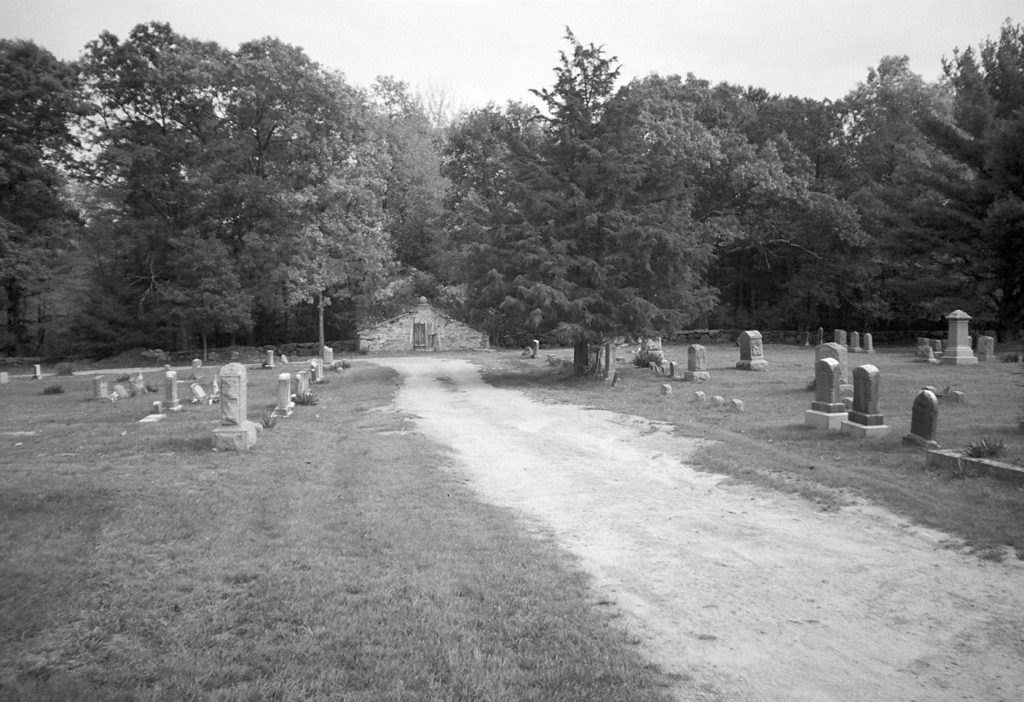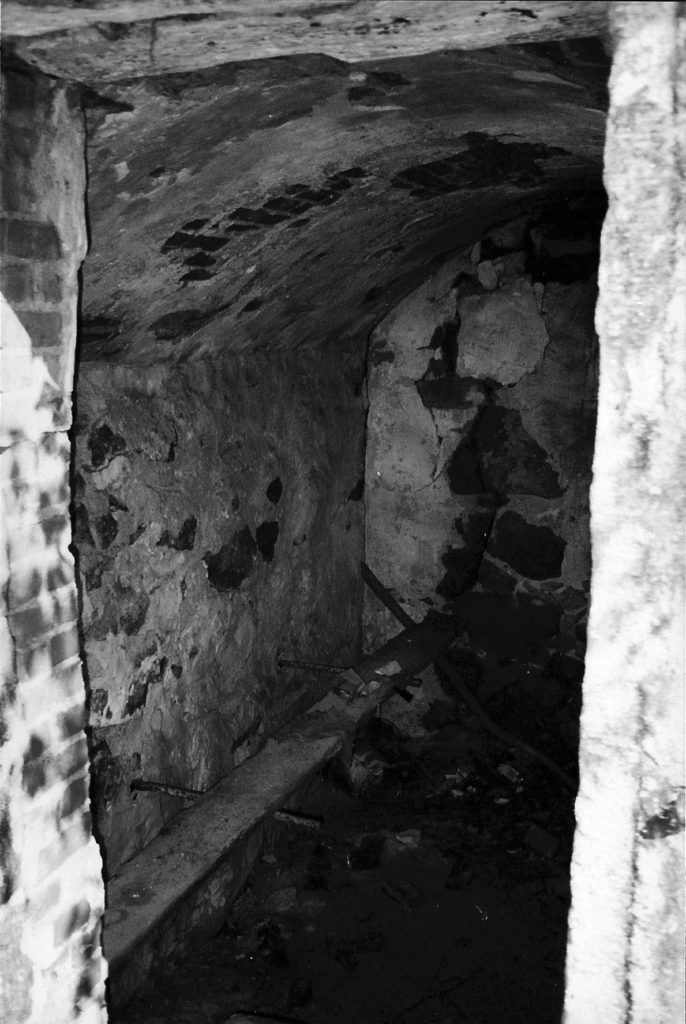
Can the dead commit a crime?
Until the late 19th century, residents of New England thought so, given the trail of corpses that littered local communities from Massachusetts to Vermont. Gaunt, wasted, afflicted by bloody, painful symptoms, victims often included entire families and bloodlines, particularly in rural areas. Before microbiology and modern medicine, there was only one explanation for these deaths that satisfied the locals.
That’s right. Vampires. What else?
In his remarkable book A History of Vampires in New England. Thomas D’Agostino details the longstanding belief among New Englanders that supernatural entities were responsible for the disease called consumption what we now know as tuberculosis. As we’ve looked at before, ghosts and hauntings can pop up just about anywhere. But with its origins in central European folklore that traveled with immigrant communities to the American colonies, later the United States, the belief in vampirism seems as old as the creatures described in the tales themselves.

Because consumption seemed to feast upon the life force of its victims, it made sense that some invisible (or at least elusive) agent was at work. Absent any other identifiable culprit, rumor and superstition turned to the dead, and to supernatural beings whose hunger could not be sated. D’Agostino:
“The New England vampire was deemed the victim of a mystical force that made him return from the dead to feed on the living. The families knew, of course, that the dead were not actually digging themselves out of the grave each night and physically attacking their prey. They concluded that the spirit of the deceased was rising from the tomb and making its way to the bedchambers of his kin, sucking the life out of them in order to nourish the physical body that lay in repose. Many of the sick complained of how the deceased family member sat on a part of their body, causing great pain and suffering…”
The most famous case of all time involved one Edwin Brown of Exeter, Rhode Island (an area known as a hotbed for cases of alleged vampirism), who had already seen the disease claim his mother and two sisters in the early 1880s. With Edwin deathly ill from consumption, according to local tradition the path to treatment first involved a gruesome means of diagnostic: the exhumation of the deceased, and the examination of their decayed heart and liver for any remaining traces of fresh blood. From there, the remedy typically involved cremating those organs and then feeding them to the patient in a tincture.
Baby frogs? Toad ashes? Discover more macabre medicines to treat TB.
Edwin’s sister Mercy had been the last to die, so according to protocol, she was next in line. In 1892, then, a local physician, Dr. Harold Metcalfe, performed the autopsy, exhuming Mercy’s body from the Keep—an aboveground burial chamber in which corpses were kept overwinter (while the ground was still too frozen to pierce with shovels).

In 1892, the deed was done. Not long afterwards, the actual cause (and vaccine) for tuberculosis would be found, but the Browns’ story didn’t end there. For the grisly details—for what happened to Edwin, and for the full story of what Metcalfe found deep in Exeter Historical Cemetery #22—you’ll have to read D’Agostino’s book. But suffice to say that thereafter Mercy was known as the last documented vampire in New England, and even became the inspiration for stories by none other than H.P. Lovecraft and the godfather of vampires everywhere, Bram Stoker.
What more do you need to know?





